#lois tilton
Explore tagged Tumblr posts
Text

Hell yeah, now I have all but five of the Babylon 5 novels. All I need now are Final Reckoning, Casting Shadows, and the novelizations of In the Beginning, Thirdspace, and A Call to Arms.
I love how the titles on some of these range from boring and utilitarian to amazing:

Also, they chose some interesting angles to show the station from on a couple of these:
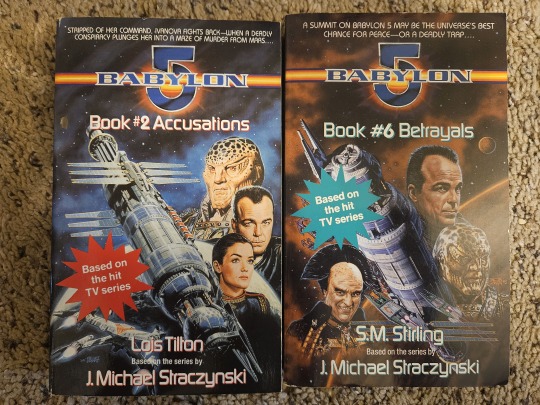
#babylon 5#babylon 5: voices#babylon 5: accusations#babylon 5: blood oath#babylon 4: clark's law#babylon 5: the touch of your shadow the whisper of your name#babylon 5: betrayals#babylon 5: the shadow within#babylon 5: personal agendas#babylon 5: to dream in the city of sorrows#babylon 5: dark genesis#babylon 5: deadly relations#babylon 5: the long night of centauri prime#babylon 5: armies of light and dark#babylon 5: out of the darkness#babylon 5: summoning light#babylon 5: invoking darkness#john vornholt#lois tilton#jim mortimore#neal barrett jr.#s.m. stirling#jeanne cavelos#al sarrantonio#kathryn m. drennan#j. gregory keyes#peter david#books#science fiction
3 notes
·
View notes
Text
People In Kon's life That Should Meet Up (because it would be cool)
Pa Kent & Guardian: They will maximize their Concerned Dad energy to pester Kon to have better life decisions
Ma Kent & Martha Jr. (and Lophi): Lophi allowed Kon to name their kid after Ma Kent, Martha, even though she did not know about that woman! Let them meet up!! Ma would get so emotional holding a child named after her specifically! She would be smitten that Kon did what she did for him when he was younger and Clark when was a baby. He helped a stranger and raised a kid because they needed help, safety, and protection. Imagine her bragging rights after their meet up and talking with her husband- Yeah, Clark and Lois named their son after you, but Kon named his adopted daughter after me so...we are both winning :D
Aura (Lindsay) and Kong Kenan: They would become fast friends after one session of shit-talking the Chinese Gov't. Aura got hunted down by gov't enforcers with the help of her own father and Kenan had been given the startling realization his mother would choose her gov't loyalty over the kid she had.
Kaliber and Kong Kenan: All three of them (Kaliber, Kenan, and Kon) can maximize their Superman fanboy energy and become an unstoppable force of glee over a hero they look up to!
Natasha Irons & Hero Cruz: First off: Black Lesbian-Gay solidarity representation!! Also I think they would be an amazing people to be around in parties and just in general. They would make great friends to me and each other. Hero bringing his calm and chill vibes (and his boyfriend, Leander) and Natasha decides to make...certain upgrades the liqueur storage. Hero won't stop her but will enable every wild invention idea she has!
Natasha Irons & Aura: First off, the combine energy of badass tactically minded and inventive women! Aura has the ability to control every piece of metal near her. She is so good at it she can form armor from metal scraps with a single thought! Natasha is a brilliant inventor who could build anything if she put her focus into it! Also, they just bring a lot of fun and personal joy in everything they do. They don't forget to be themselves no matter how hard their current situation is- and that shared feeling is starting point for a friendship and maybe something more!
Hillary & Robert and Lolina: I just wanted to include Lolina in this list. Anyway! I can see them making light-hearted jokes on Kon's expense and maybe Under The Sea adventures! Perhaps, Hillary and Robert are interested to get to know Lolina as a person and first merfolk they have ever seen and be more knowledgeable about the sea! Lolina can have other to show off her herd of Sharks!
Jimmy Tilton & Match: Okay! This is another 'I want to see them again' inclusion I made because I've been obsessed with Match since September 2024 and I've loved that comic issue of Jimmy and Kon! Anyway, they were both screwed over by researchers and scientists with dubious morals. They have been dehumanized a lot by the adults and supposed caretakers in their life and seen more as a product than a person. I don't know how their friendship would go- Maybe Jimmy teaches Match to be more like a person that could form their own wants and needs and act on those ambitions and passions. Maybe Match comforts Jimmy with the strangeness of his existence and maybe even find a method or something that could help with Jimmy's condition (Don't remind me that Jimmy T. is dead, let me be at peace in Delululand)
#james tilton#jimmy tilton#dc match#dc lolina#dc hillary and robert#dc aura#superboy and the ravers#kong kenan#dc kaliber#ma kent#pa kent#dc lophi gemworld#dc martha jr#dc guardian#soupmanny.post#kon el
33 notes
·
View notes
Text
Some Unverified Celebs I Suspect to be Theatrical Romantics (TRs)
Carolyn Jones
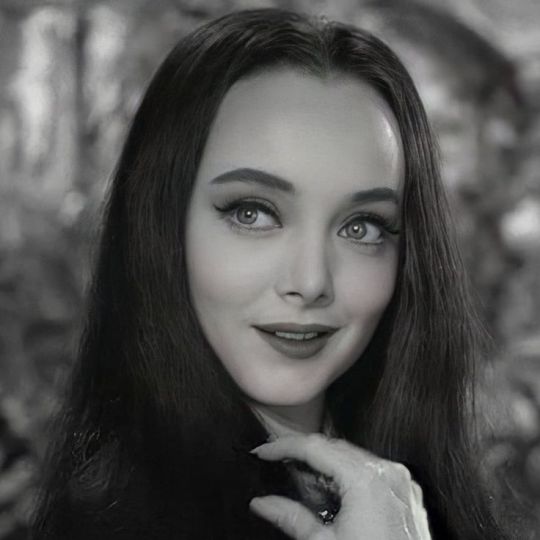
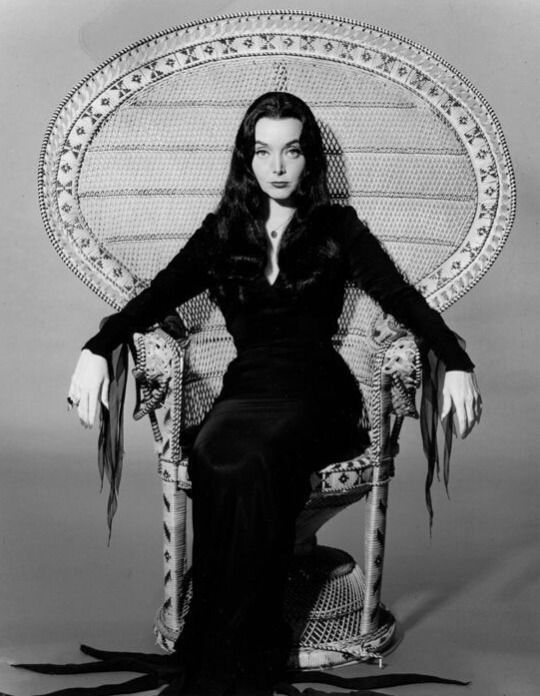
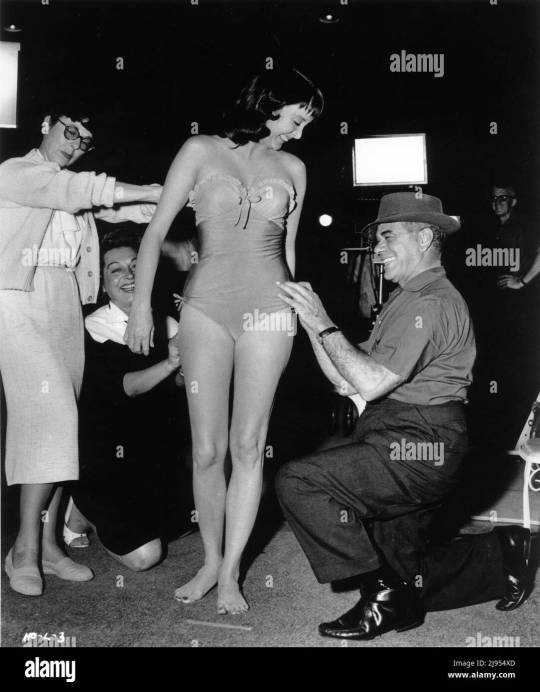
She is most well known for playing Morticia Addams in the 50s sitcom The Addams Family
She's 168cms but is very petite with short limbs so she appears more delicate and shorter
Her face has Romantic-Dramatic-Ingenue essence which is the basic essence of TRs. She's very obviously a "femme fatale". She appears youthful, kind of innocent but also mysterious and seductive.
She has a very small frame and a delicate hourglass body.
2. Odeya Rush
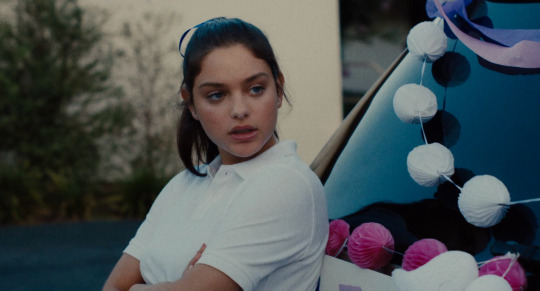
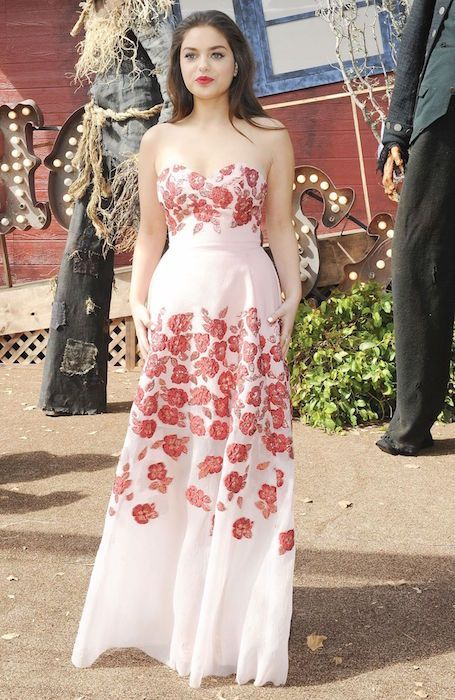

You might recognise her as the mean girl from Lady Bird. She's often said to resemble Mila Kunis (who is a verified TR)👀
She's 163cm tall, has short limbs and is a very petite hourglass. She also has a Romantic Dramatic Ingenue essence and has those tell tale TR bedroom eyes<3
3. Myrna Loy
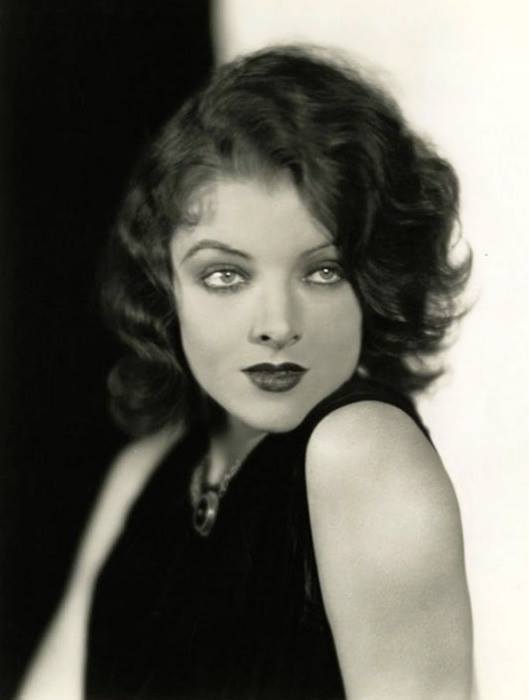
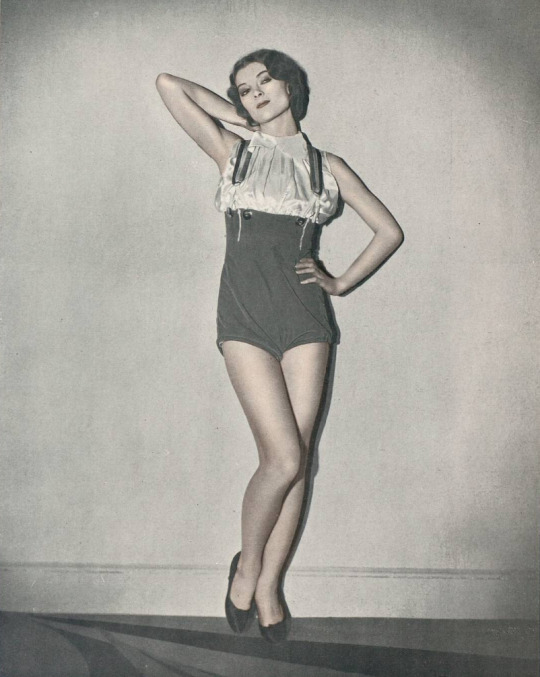
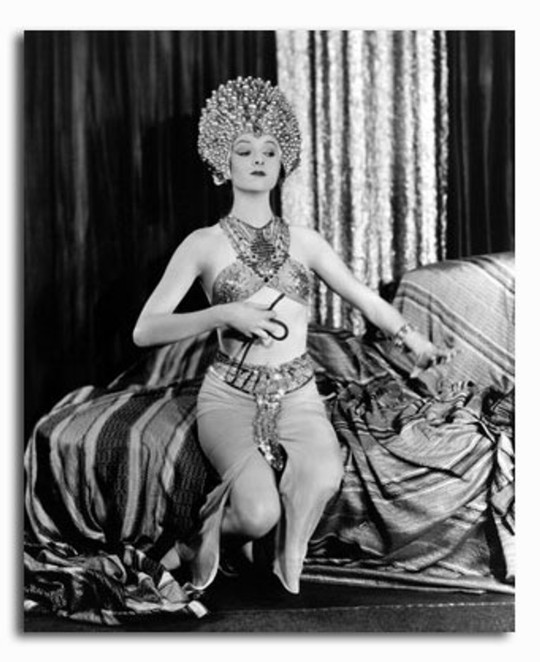
She's 168cms and has a very petite delicate hourglass body. Her face has a combination of soft and sharp features and her whole aura screams "femme fatale".
In the 30s & 40s she was typecast in exotic roles, often as a vamp before she established herself as a skilled comedic actress.
4.Debi Mazar
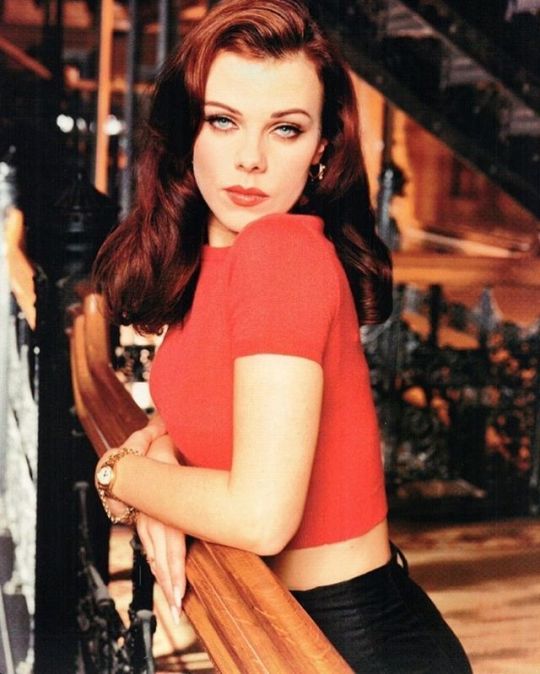
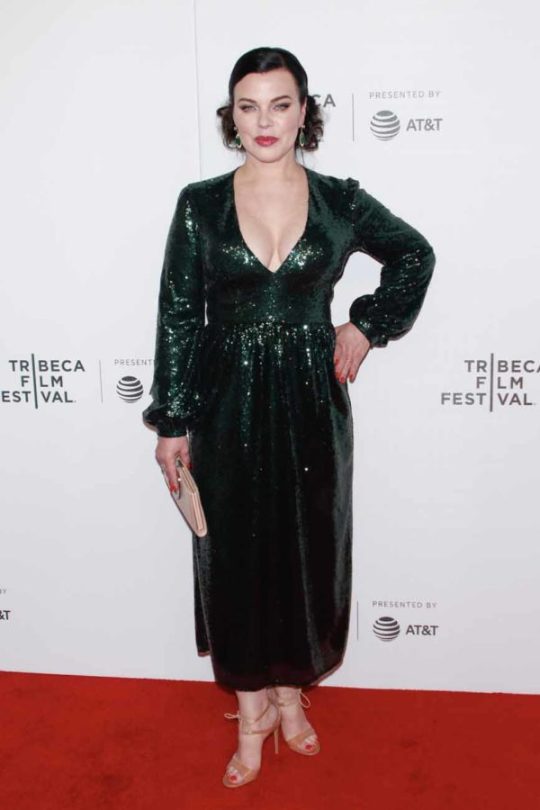
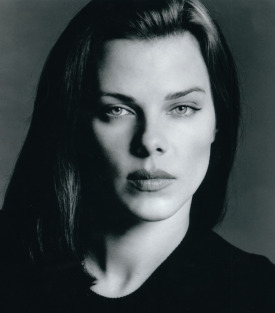
She's known for her roles in films like Empire Records & Goodfellas. She's also besties with Madonna.
She's 165cms tall and is so obviously TR. Look at that face.
She has a petite hourglass body as well.
5. Priscilla Presley
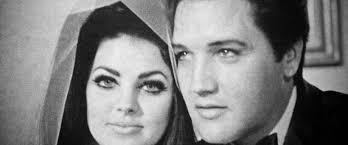

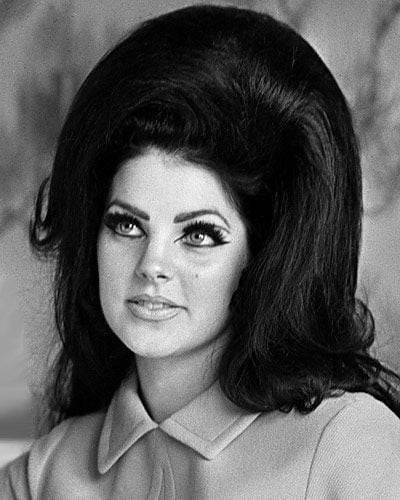
Priscilla is a very well known pop culture figure and former wife of Elvis Presley.
She's 163cm, has those bedroom eyes, full mouth, a mix of soft and sharp features and a petite hourglass body
6. Ornella Muti
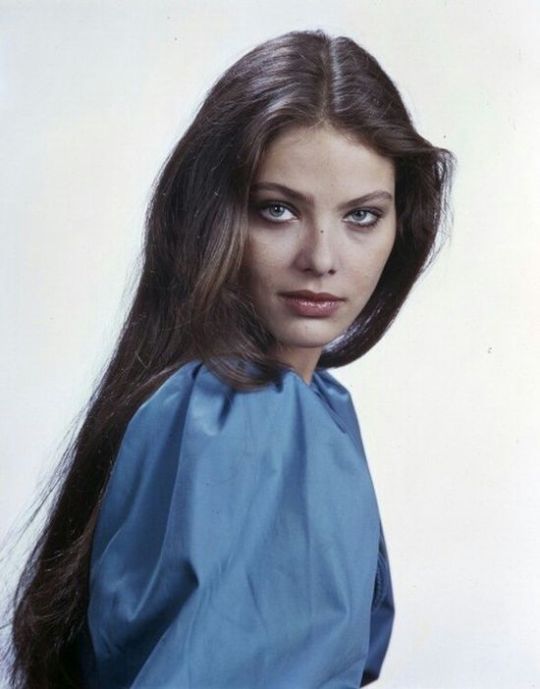
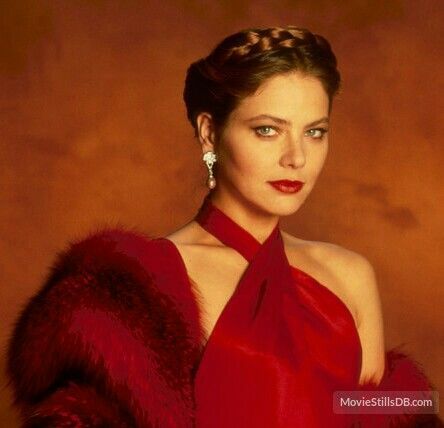
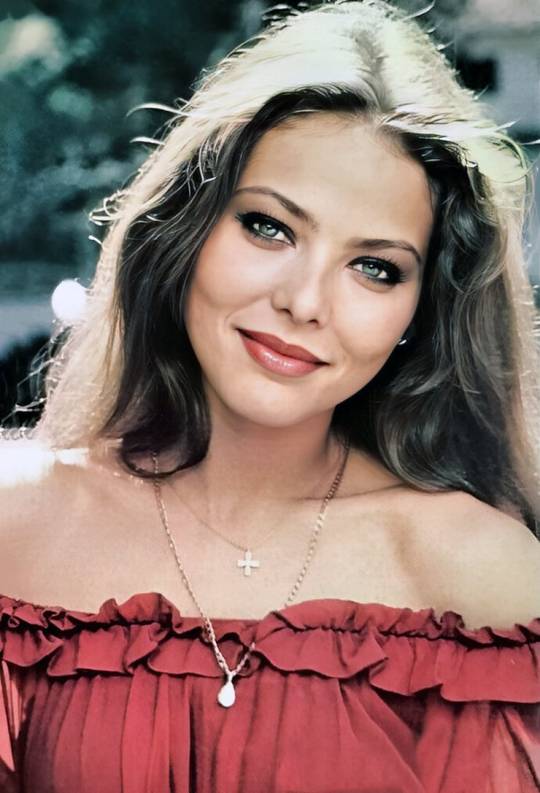

She's an Italian actress who was in the 80s cult film Flash Gordon as Princess Aura.
She's 168cms
7. Elizabeth Gillies
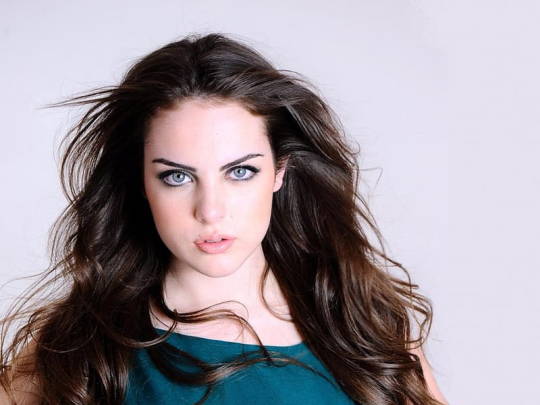

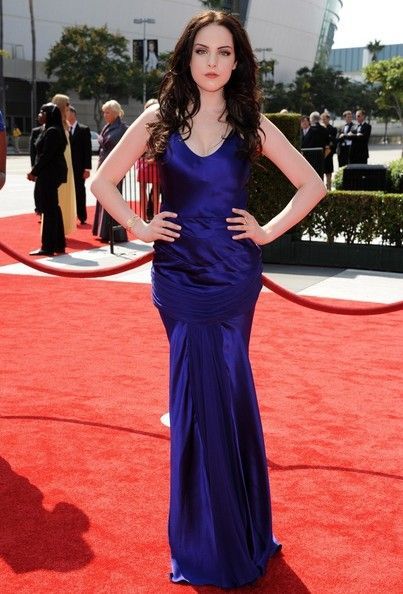
You might recognize her from Victorious. Although she's tall enough to be an SD at 170cms, I personally think she's TR since she appears shorter than she is, has shorter limbs and does not have any obvious need to accommodate vertical.
8. Charlene Tilton

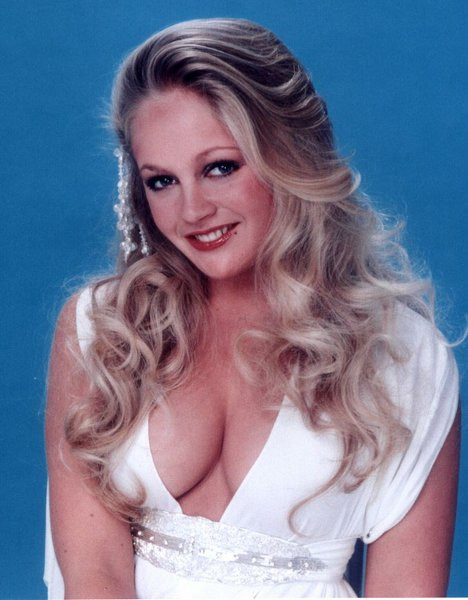
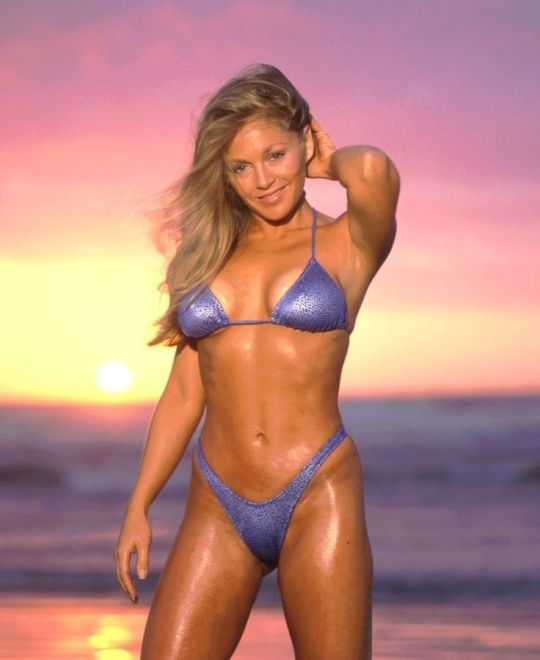
she's 150cms/4'11 and is a typical babyfaced TR imo. Sexy and cute.
9. Heather Locklear
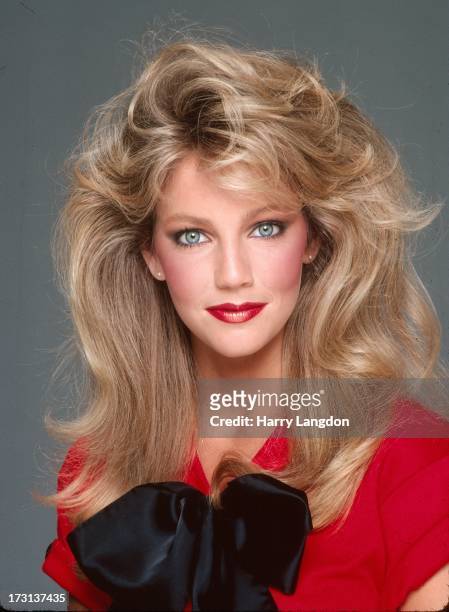
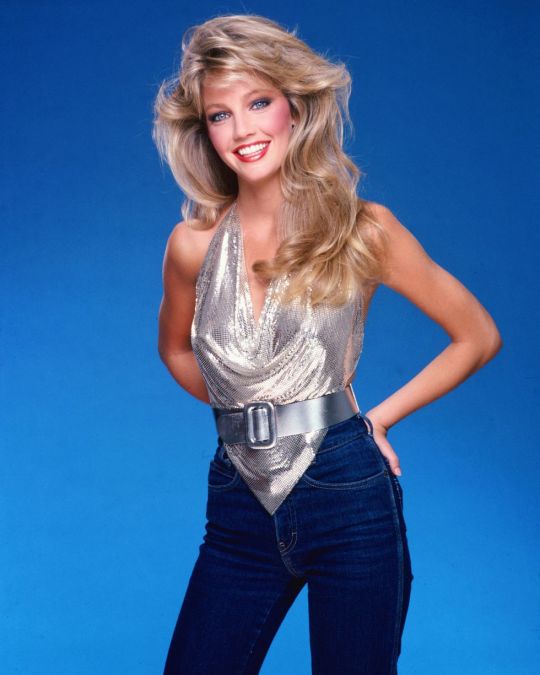
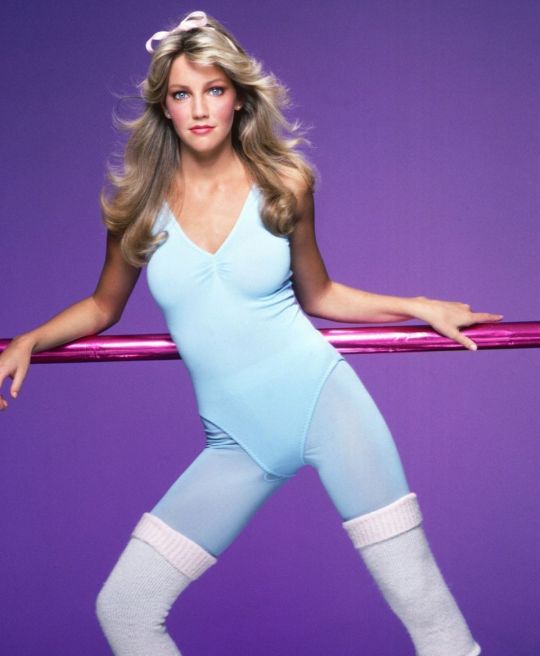
She's 165cms or 5'5 and is one of the thinner TRs along with Mila Kunis and Morgan Fairchild. nonetheless she looks very much like one to me
10. Beverly D'Angelo
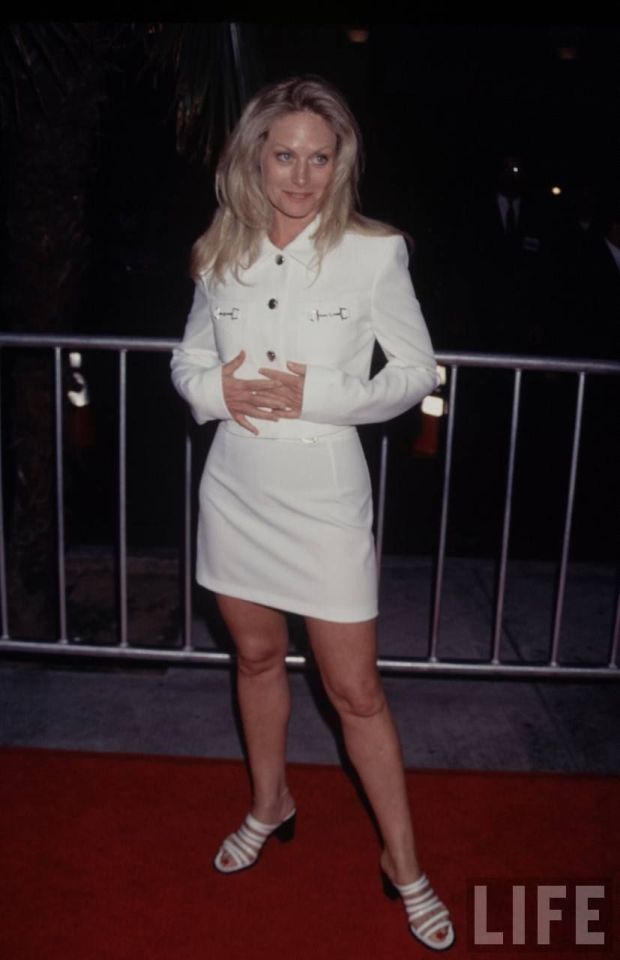
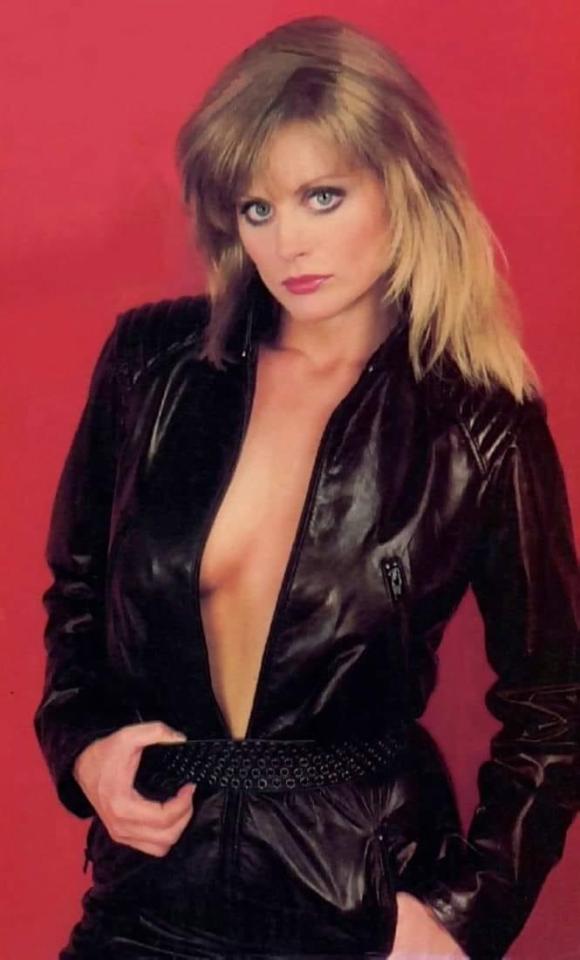
She's 158cms or 5'2 inches
She's tiny, an hourglass, has bedroom eyes and that femme fatale essence.
🦋
what all of these women have in common is their femme fatale essence and their petite hour glass body. if you look at all their pictures, you can tell how they all emanate a very similar vibe. Not every TR is going to be 5 feet tall, some are of average height (including verified TR Selena Gomez who is 5'5)
Although TRs are rare, they're not THAT rare. they walk among us all the time 😌😂 and are easy to spot because they're uncommon enough to stand out from all the other types.
65 notes
·
View notes
Text
on Tasha's Fail-Safe by Adam-Troy Castro
I thoroughly enjoyed Adam-Troy Castro's "Tasha's Fail-Safe." I like Andrea Cort a lot for a lot of reasons. It's always good to read about her. This is a story from early in her career, right after the business with the Zinn. Here is a quote from "Tasha's Fail-Safe" in the March 2015 Analog.--
"She was too good to make that kind of mistake. She'd walked in and out of war zones. She'd taken lives in order to preserve her own. She knew better."
If you thought New London was a safe place to work and play, as I did, you are in for a surprise. If you are sure Andrea is going to take care of business while remaining a very damaged, dragonesque-meets-prickly-pear, anti social bitch, as I was, you will not be surprised or disappointed. I don't agree with Lois Tilton's assessment in Locusmag. I found the story and the anticipatory building of its resolution delicious. Did I mention I like Andrea Cort? Maybe as much as Mr. Castro
References
Adam-Troy Castro's Tasha's Fail-Safe. Philipp Michel Reichold. March 1st, 2015
Analog Science Fiction and Fact, March 2015. ed. Trevor Quachri. "Tasha's Fail-Safe." Adam-Troy Castro.
content is licensed according to Creative Commons Attribution-ShareAlike License. A link to my content is sufficient for attribution.
#sciencefiction#review
0 notes
Text
Wasted potential in fiction is worse than a story that’s just bad overall.
If someone had asked me couple years ago what vampire books I liked the most, one I would have definitely brought up was Vampire Winter by Lois Tilton.
It’s a post-nuclear story, where a vampire is at first joyful that the fallout clouds cover the sun both day and night so he is free to hunt whenever he wants but things get worse rather soon. Turns out humans who have been exposed to the radiation have turned undrinkable, poisonous for even vampires. Also, the amount of survivors is small and getting lesser by the day as desperate people leave their shelters to find food and supplies and run from looters, risking radiation poisoning. The vampire who used to kill his victims without mercy is at a situation where he can’t afford to lose a single healthy human to avoid starvation. So he strikes a symbiotic deal with a bunch of humans: since he is unaffected by radiation, he will wander out and bring them food, medicine, even books to pass their time, in exchange for blood donations. This is what I remembered from the book, and thought it good, because I’m a sucker for interesting relationship dynamics between a vampire and their donors.
However, I re-read the book recently and was surprised. It wasn’t nearly as good as I remembered it. The interesting symbiotic relationship between the vampire and his donors only lasts a short period of the book and then they go their separate ways and the vampire for some weird reason just goes back to killing his victims again. Also, there was a lot of completely unnecessary violence towards women. The book tries to have a message of “in hard times it’s better to spare lives and co-operate than divide into groups all against each other” and that “every life is precious” but then goes and has the donors leave behind a mentally handicapped girl for the vampire to kill because she would just be “a burden” for the survivors. Also, there’s a fucking gang rape scene. I’m... confused... how did I ever convince myself this was a good book?!
The problem was that my memories were too focused on the one part of the book I found super fascinating. The vampire-donor symbiosis plot was such a great story idea that I actually forgot the rest of the book is shit. I was too intrigued by the story’s potential I failed to notice it doesn’t properly utilize the great idea it had and just turns into a gross masculine violence fantasy.
It’s a shame, because with little changes, this could have been an awesome book. But it completely wasted its potential and left me much more disappointed than would have been the case if it were just a regular old shitty vampire novel with nothing new and interesting added.
I just finished a new book that has the same problem and it infuriates me. It’s a book that has some really great parts but then goes and ruins everything. This book is called Pure Mua (”Bite Me”) by Terhi Tarkiainen. I know, writing about a Finnish book in Tumblr might be useless, since what are the chances Finnish vampire enthusiasts will find my posts, but I want to vent my frustration about it somewhere. So here goes.
Finnish vampire fiction is a rare species. There are some short stories but the only novel I can think of is Jarkko Laine’s Vampyyri, which is a very... specific Finnish literature category; a “tuskapaskakirja” (literally, pain-shit-book) where everyone is miserable and things just get more and more depressing until the whole garbage reaches a lame anticlimax like a bowl of ice cream I accidentally put in the refrigerator instead of in the freezer. Not my kind of book. So, when I heard the rare species had spawned a new book, Pure Mua, I got curious.
My expectations about the book were mixed. I generally don’t like modern Finnish literature. The few books of it that I had to read back in high school or by getting them as gifts were at best incredibly boring and at worst insufferable pretentious artsy junk. However, this book looked like it aimed to be entertaining, not fake deep and for intellectuals only. It whispered a promise of genuinely embracing its own cheesiness. And, well, I do like cheese.
So I read the book. And my opinions remain conflicting with one another. I can’t really say if I liked it or not because for every part that was done well there was something that seriously rubbed me the wrong way.
The story itself is really well written. The text flows naturally and is pleasant to read, the narration is occasionally very witty and humorous. The plot twists are unpredictable which is unfortunately rare in this genre. Vampire fiction is so full of reused story ideas that they often turn out rather predictable. But this book surprised me several times. Of course, unpredictability shouldn’t be valued by itself. Writers who intentionally lead the reader in one direction only to pull a carpet under their feet or who make their characters behave in unreasonable and inconsistent manner just to get a juicy plot twist, usually don’t produce good quality stories. These plot twists however feel natural and well planned, not there just for the shock value. The plot also escalates constantly, forcing you to read chapter after chapter because you don’t want to leave it at an intense cliffhanger.
Since the vampire fiction is full of reused story ideas, it’s rare that I come across a book that has something I haven’t seen before. The basic premise of this book is that since vampires aren’t classified as humans, human rights don’t apply to them and there’s a ring of illegal slave trade where a “kennel” produces “specimens” for the rich assholes who want to turn their fantasies of dating a hot vampire into reality. Human trafficking basicly, only with vampires. I have not bumped into this story idea before. Usually the power dynamics are reversed, the vampires being the cruel monsters who do horrible things to humans. I know the whole “humans are the real monsters”-trope is old and overused, but surprisingly rarely does it happen in vampire fiction. I guess it’s because to a lot of friends of this genre vampires are a power fantasy and they wouldn’t enjoy seeing them tamed and subjected to something as horrifying as human trafficking.
So, the book turns the traditional vampire/human power dynamics upside down. However, the protagonist actually doesn’t want the pet vampire her nutty parents bought her as a birthday present. She tries to find a way to safely release him back “into the wild” but has trouble coming up with a solution on how to do it and ensure he won’t be recaptured by the trafficking ring again (since he is chipped).
Next I’m going to spoil the last plot twist of the book. Turns out the trafficking ring is led not by humans but by a loony communist vampire who has a diabolical plan. He intentionally made vampire pets a trend among the filthy rich and then once every elite household in Finland has one, he intends to shut down the safety chips that give the vampires electric shocks if they attack their masters and let the hungry, abused, vengeful vampire slaves drink all the greedy capitalist pigs.
And this is... supposed to be the main villain of the book. I’m supposed to be appalled and horrified by this impending slaughter of innocent humans. Well. Does it make me a monster if I say I think this is a great plan? Everyone who buys a personal sex toy from a human trafficking ring deserves to be devoured by ravenous vampires. The fact that the victims of slavery aren’t technically human here changes nothing since their intelligence is identical to ours. And creeps who would buy a vampire would definitely buy a woman or a little girl too.
Everyone who thinks slavery is a fun hobby that the elite should be allowed to do again deserves to be killed by their slave.
The slavery theme is one of the reasons I have such conflicting opinions about this book. It’s such a horrifying scenario and you really, really want to see the main vampire freed from it, you want to see him and the main character succeed in their attempt to destroy the vampire slave trade. But then the book decides to focus less on the horrors of slavery and... actually romanticize prostitution. The vampires in this book’s universe are all nymphomaniacs and addicted to sex. Umm... ok, your world, you do what you want. But I really can’t stand the stereotype of seductive, nymphomaniac prostitutes, who do it because they enjoy their “work”, considering how the harsh reality of prostitution is something completely different. “She likes it anyway” is a lie slimy old men tell one another to feel less guilty when they go to Thailand to “play minigolf.” Hurk. Hork. Barf. I know this is fiction and the vampires aren’t human (and we don’t see female vampires) but I really wish people would stop writing this character type. Also, I hate stories where a noble person saves a prostitute and is “rewarded” by their love (in other words, gets to fuck the prostitute anyway, feeding into the idea that “nice guys” who protect women from creeps deserve sex as a reward.)
I give the book one point for the scene where the protagonist starts to caress her slave when she’s super drunk but then is startled and horrified at what she did, thinking that she has become a monster.
If there’s one thing I hate even more than romanticizing prostitution, it’s sexual violence. Thank goodness this story doesn’t have that but it’s bad enough that one male vampire constantly threatens the protagonist with rape. And I’m supposed to care about this guy and worry about what will happen to him. There’s something so disgustingly... male... in the thought process that when you want to hurt someone, your first thought is rape. When a woman sees a person they love being abused by someone, she might beat the abuser into a fine pulp but no, women do not rape, women do not use sex as a torture devise. If a guy gets hard from anger and wants to fuck someone he hates there is something seriously wrong with him and he needs to seek help. Men are scum!
This book isn’t a particularly pleasant read for a feminist anyway. With the exception of the protagonist, all female characters are lazily written, unconvincing, misogynistic cardboard cutouts. Male characters on the other hand are, with the exception of the main villain, painted as flawed but sympathetic. The protagonist has a stalker ex who doesn’t understand the concept of “no.” I was convinced this creep would turn out to be a villain in the end, trying to kill the protagonist because “if I can’t have you, no one else can!” Because everything he said and did kept raising the red flags. But no, I’m supposed to find him charming and loveable and his stupid bratboy jokes soooo hilarious. The book wants me to think of all the women except protagonist as either mean-spirited bitches or dumb blondes (your “I’m not like other girls”-complex is showing...) and feel sympathy towards a creepy stalker and a guy who threatens women with rape. Right. Is this some het culture bullshit or just what exactly am I not getting? Also, if your only way to make the heroine likeable is to turn all the other women into cartoonishly evil or ridiculously immature and stupid so that she'll look better in comparison, the reader will become suspicious of her character (because exaggerating the faults in others while claiming you yourself are perfectly innocent is a strategy used by narcisstic, manipulative jerkfaces).
I’m also rather disappointed that the book relies on stereotyping Fenno-Swedes. Fenno-Swedes are the Swedish speaking minority, descendants from rich Swedes that were given land here back when Finland was part of Sweden. Because many of them are still in the upper class, having inherited their ancestors land and wealth, the middle and lower class Finnish speaking Finns tend to be racist towards them, considering them smug elitists and disgustingly rich capitalists who never had to work for their wealth. Making the main character a Fenno-Swede and then giving her behavior that strengthens the prejudice against “bättre folk” is just really lazy writing, it’s like having a romani character and having her do shoplifting. Sure, the protagonist wants to be different than her gross parents who would buy a sex slave as a gift, but her attitude towards money is the same indifference. Oh, I smashed my phone to pieces because the phone call made me angry. Oh well. Pappa betalar.
There’s a scene where the protagonist and the stalker ex witness a protest that consists simultaneously of racists who want to close the borders and unemployed who blame the government for their poverty (right. You really want to draw “equals as” sign between crazy nationalist bigots and unfortunate people trapped in unemployment hell? Fuck you, fuck you so much.). The protagonist asks where all this hatred comes from and the stalker ex explains that when a person is in a bad situation in life they seek scapegoats to blame for their troubles, whether that be foreigners or politicians. But since we’ve already gone the route of giving the protagonist stereotypical Fenno-Swede behaviour, why not let her voice the opinion of “If the lower class is angry at the upper class it’s because they project unfair blame onto the rich, surely their suffering has nothing to do with the elite’s greed and misuse of power.” Now, opinions like this wouldn’t matter to me normally, because characters are allowed to be flawed, but when those flaws rely on harmful stereotypes, it’s disappointing.
I want to like this book. It’s so genuine and entertaining and well written. But I threw up in my mouth so frequently while reading it that I don’t think I care to read it another time. If it was written a little differently, I would probably love this book. But there’s no use crying after wasted potential. I can’t help but praise the book for the parts that are really good, but I can’t recommend it either. I would have preferred it to be either all good or all shit, not this mixture of gold and rust.
9 notes
·
View notes
Text
Asimov’s Science Fiction (January 1999)

It's a new Year and a new issue of Asimov's. I'm almost as excited as the woman on the cover. Or are we both horrified?
One novella, two novelettes, and three short stories.
Novella
The Exile of the Evening Star, Allen Steele
The continuing adventures of the guy who was present when the guy who pretended to be Captain Future died. This one involves political intrigue, skullduggery, and entirely too many people getting tossed out of airlocks.
Fun enough though.
Novelettes
The Ice Forest, Richard Wadholm
Any plan that involves destroying reality is not a good plan. You wouldn't think that was a moral that needs to be in quite so many works of science fiction, but then here we are.
Quantum wibbly wobbly, oh hey! I'm not dead in this universe and that means I can get married and have kids and quietly ignore my own corpse.
Dragons Teeth, Lois Tilton
The future sucks, this time with minefields and a refugee underclass on the moon.
Short Stories
Yurek Rutz, Yurek Rutz, Yurek Rutz, David Marusek
Literally just a not-even-veiled excuse to publish the name Yurek Rutz as often as possible.
Original Sin, S. N. Dyer
What if Neanderthals were actually doomed to extinction because our ancestors thought they were just so damn tasty? Well, it probably wouldn't have any effect on the doomed marriage of a pair of archaeologists.
The Pragmatical Princess, Nisi Shawl
If you're ever a princess who's being sacrificed to a dragon, you should maybe consider getting it to fake its conversion to Islam.
Final Thoughts
I should probably be putting in more effort to capitalize on the little bump in attention all my sub-blogs have been getting for the past few weeks. I don't know whether people are just bored now that the porn is... well obviously not actually gone from tumblr... or it's just the usual school's out bump.
Screw self promotion though, I'm tired, I'm sick, and I have no intention of treating my hobbies like work in the first place.
Also the issue was fine I guess.
#Asimov's Science Fiction#Allen Steele#Richard Wadholm#Lois Tilton#David Marusek#S. N. Dyer#Nisi Shawl
1 note
·
View note
Text
February 2022 Reading Report
Read:
Nobody’s Perfect: Writings from the New Yorker by Anthony Lane
The Many Faces of Van Helsing (anthology)
Certain Dark Things by Silvia Moreno-Garcia
Gwen, in Green by Hugh Zachary
Princess Pamela by Ray Russell
Sea Star by Pamela Jekel (DNF)
Snow, Glass, Apples by Neil Gaiman and Colleen Doran
The Suspicions of Mr. Whicher by Kate Summerscale
Taiping Tales of Terror by Julya Oui
Welcome to Hard Times by E. L. Doctorow
The Cat Who Saved Books by Sosuke Natsukawa
Where the Drowned Girls Go by Seanan McGuire
Goth: Undead Subculture (essay anthology) (DNF)
Still Reading:
Poe: 19 New Tales of Suspense, Dark Fantasy and Horror Inspired by Edgar Allan Poe (anthology)
Does this month have a theme? Let’s call it Deadly Women. Most of these books have some kind of femme fatale or dark heroine in them. Femme Fatale February!
I finished Nobody’s Perfect, of which I’d previously read many reviews and essays but never the whole thing straight through. I love Anthony Lane so much. He’s arch and witty and perceptive, and though he’s known for his caustic reviews (of which Indecent Proposal was my favorite), he has the ability to be bitingly funny when he loves a movie, too (of which his Speed review was my favorite.) His essays enlightened me as to how Nabokov constructed sentences and how high fashion brands really make their money (perfume and accessories.) His short reviews of the bestseller lists in the 90s and 40s may be my favorite of all the essays in book, where he tackles everyone from Ayn Rand to Sue Grafton. His writing is a very good example of how intelligent criticism can be.
I’ve been meaning to read The Many Faces of Van Helsing for a while now, and I finally did! None of the stories blew me away, but there were a few good ones (my favorite being The Infestation at Ralls by Thomas Tessier, a slightly gross story about Van Helsing dealing with an incubus with some great characterization for our favorite doctor.) On the whole I didn’t care for the stories where Van Helsing was evil, but at least My Dear Madame Mina by Lois Tilton gave a believable reason in his obsessive love for poor Mina Harker. With all the stories about his wife ending up in an asylum, I was grateful that in Kim Newman’s Diogenes Club continuity she ended up okay!
Silvia Moreno-Garcia has said she makes it a point to vary up her book subjects and styles, and Certain Dark Things is a fun urban fantasy about vampires in a futuristic Mexico City. I’ve grown bored with a lot of urban fantasy conventions in the last several years, but this one captured me by keeping its vampiric antiheroine mysterious for a good portion of the book and inventing some genuinely creative vampire biology. This would be a good book for people who like spooky monsters and hardboiled crime but aren’t big horror fans- it’s tense without being very gory. And the introduction gave me a bunch of classic Mexican vampire movies I now have to see!
Gwen, in Green was described in Paperbacks from Hell as one of the strangest and most unusual books Grady Hendrix had ever read, and I can certainly see why! It’s the story of a housewife’s descent into a combination of madness and possession as she drifts away from her clueless husband and towards the lure of nature- especially whatever’s in the pond near her new home. It’s partly erotic horror, partly nature’s revenge on developers and polluters, and partly a tale of sexual politics that I’m still trying to untangle. (Misogynist? Misandrist? Both? Neither?) I picked it partly as my Novella choice for the Books in the Freezer challenge, and as it is in fact short and zippy, you may as well check it out if the description I gave interests you.
Ray Russell is a beloved short story author of mine (author of the brilliant novella Sardonicus, and screenwriter of the goofy movie adaptation) so I was very excited to find out he’d written a full length Victorian gothic novel, Princess Pamela! It turned out to be tongue in cheek but also genuinely depraved (more modern gothics need to be genuinely depraved!) There’s some bodice ripping and political murder, and it moves into alternate history in the latter third, which was an exciting surprise. My only real disappointment was the copout ending, but it didn’t completely spoil the fun.
I was excited to read Sea Star, which was supposed to be a bodice ripper about Anne Bonny, and had a wonderful cover! Sadly, the backstory they gave her kind of ruined it for me. Sure, we don’t know a lot about Anne Bonny so I guess she could have been a southern belle with slaves, but did they really have to choose that backstory? I guess it’s a fantasy, like Elizabeth Swan starting out as a fine lady in fancy clothes, but it’s a distinctly unpleasant fantasy. (Am I a hypocrite for being happy about piracy but unhappy about plantations? I don’t know?) Once I saw how long it would take for her to actually get to pirating, I decided it wasn’t worth the wait; a shame, because she had sex with Hornigold and I wanted to see have many other Black Sails characters she would sleep with.
I’d already read the short story Snow Glass Apples (and heard an audio play adaptation!) but the graphic novel version was absolutely worth the read for its stunning artwork. It reminded me of some of the gorgeous illustrated fairy tale books I had as a kid, though they did say in the section with sketches that they tried not to make the art too kid-friendly for fear of giving the wrong impression. If you haven’t read the story already you absolutely should, and this is a perfectly good way to read it. Do you like Snow White and witchcraft and vampires? Of course you do.
The Suspicions of Mr. Whicher was a bit of a let-down, though it isn’t exactly bad or anything. It’s an historical true crime book about the murder of young Francis Saville Kent by- maybe- his sister Constance, the detective who first took on the case, and how it influenced contemporary detective and sensation fiction like The Moonstone and The Woman in White. I understand that author Kate Summerscale wanted to stick purely to the facts, but the Road Hill House case is so strange and interesting that I wanted something much more in depth. Did Constance commit the murder or was she covering for someone with her sudden, strangely-worded confession? Couldn’t Summerscale have at least discussed the question, even if she didn’t want to make her own conclusion? Someone on goodreads said it read more like a thesis paper than a book, and I can see that.
Taiping Tales of Terror is a decent collection of local monster and ghost stories, with a look at small town Malaysian culture, which I knew very little about. I chose it as the Monsters entry in the Books in the Freezer challenge, though it could also fill the Translated entry- maybe I should rework my potential list? It reads a bit more like a YA book than adult horror, but the lines between YA and adult are plenty blurry as it is. I was fascinated to see hw many different cultures have variations on the ‘dismembered woman’s head dragging its entrails’ monster; maybe, as with vampires, it ties back to the way bodies decompose? The ending twist was a good one, well-suited to campfire stories.
I haven't read many western novels, despite having watched plenty of western movies, and it was good to get to one of the classics with Welcome to Hard Times. The title gives a good indication of the central theme- it’s not completely Deadwood-style lurid crime, but it’s a story of the trauma that comes after an outlaw attack, and the efforts to rebuild a town, and the question of whether it will protect the citizens in the future or all be for nothing. Jack Torrence is mentioned reading it in the book version of The Shining, and I imagine it was chosen thematically because it features the disintegration of a family into madness and violence.
The Cat Who Saved Books is a Japanese YA novel that’s definitely on the more unambiguous kid side of YA, a fantasy of metaphorical lessons translated into concrete characters and places ala The Phantom Tollbooth. I would have liked it a lot more as a child, but I still appreciated it. I would certainly follow a mysterious cat that asked me to help save books! Reading it right before Where the Drowned Girls Go was appropriate, as I could imagine it being one of those ‘child goes through a magic door’ settings. (Also, if any Japanese readers can tell me whether it was realistic/legal for an underage kid to just live and work at a bookstore on his own with his aunt sometimes checking up on him, please let me know!)
As mentioned already, my next book was Where the Drowned Girls Go! This entry in the Wayward Children series, about what happens to children who return from portal fantasy adventures, was much darker and more horror-focused, placing its characters in a dystopian school that’s meant to make them forget they ever encountered magic. I was a little disappointed that the school was so purely evil, as I had thought it would be nice to have a counterbalance to the main school where the kids want nothing more than to go back to their fantasy worlds, but that wasn’t where the plot wanted to go. It was still enjoyable, and at least we did meet kids who had good reasons for not wanting to return, and there was at last sympathy for parents who had no idea where their kids went when they fucked off to fairyland. The cliffhanger ending definitely worked in getting me hyped up for the next entry!
Goth: Undead Subculture was the book unread on my shelf for the longest time, and now I feel a bit guilty that I ended up putting it aside. It was a lot more academic than I’d expected, which is not normally a problem for me to read, but it turned into a slog and I finally decided not to force myself to finish something I wasn’t enjoying. I did like the points it made about goth (and subcultures in general) existing in this weird liminal area where it’s partly rebelling against mainstream conformity but also creating its own things to conform to and buy. I’ll keep it around in case I want to try again, or at least try specific essays.
I’m trying to catch up on a bunch of Ellen Datlow’s fantasy and horror anthologies, and Poe: 19 New Tales of Suspense, Dark Fantasy and Horror Inspired by Edgar Allan Poe is a good one so far! I loved Kim Newman’s take on the Corman/Poe/Price movies starting a literal curse where they can only remake Usher over and over again, though the next story about creepy homeless people was less to my taste. The introduction mentioned the rule that none of these stories could be pastiches, which I think is for the best. Let’s see if anyone does a take on Hop-Frog, my favorite Poe story!
20 notes
·
View notes
Text
𝟗 𝐏𝐞𝐨𝐩𝐥𝐞 𝐓𝐚𝐠 𝐆𝐚𝐦𝐞 — answer these & tag 9 people you’d like to know better /catch up with!
last song: “reign” Ramin Djawadi - GoT ost
currently reading: written in venom - Lois Tilton
currently watching: some YouTube review
last movie: legend (1985 movie)
craving: oyakodon
Tagged by: @vampirecrack
Tagging: @avalthollr @maidenxfthemxuntains @thescaledqueen @vindictiveolympianqueen @jcyfulmess @sapphirexjewelxwitch @thatslayer @sicilianrcse @sigrvif
6 notes
·
View notes
Text
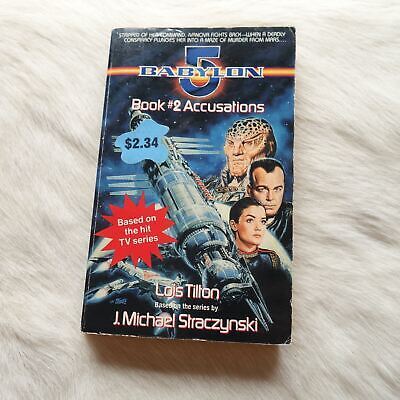
Lois Tilton Accusations Babylon 5 BOOK 2 1995 Vtg Babylon 5 Tv Show Vtg Sci Fi
0 notes
Photo
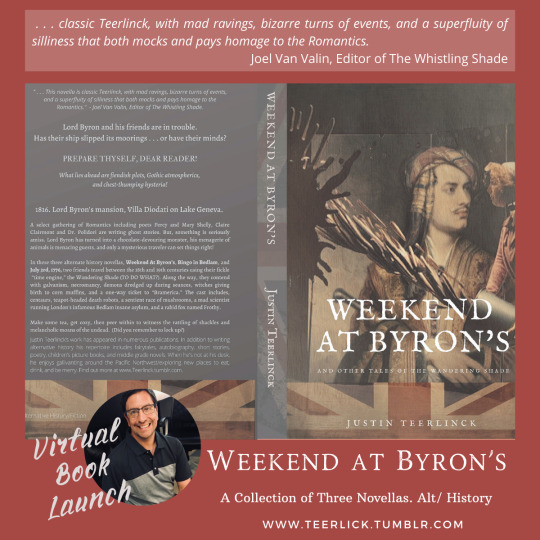
Weekend At Byron’s And Other Tales Of The Wandering Shade
“Egregiously ridiculous” --Lois Tilton, LOCUS Magazine
#weekend at byrons#tales#wandering shade#bingo in bedlam#bingo#baron#time travel#alt history#justin teerlinck#satire#absurd#time machine#scifi#fiction#gothic#19th century#humor#british literature#brit lit#brit#anglophile#charles dickens#frankensteon#lord byron#chocolate#bedlam
0 notes
Link
Stephen Hunt at Inklings Press was kind enough to ask me some questions about the Sidewise Awards (coming tomorrow) and my feelings about the nomination of one of my short stories.
Stephen: So – it’s been a year since Tales From Alternate Earths came out, and you’re up for a Sidewise Award, the biggest award in the alt history field and up against the likes of Bruce Sterling. How do you feel about the nomination?
Dan: I'm not worried – I'm closing in on Bruce Sterling! Living in the Balkans: check. Tumblr account: check ( @brucesterling ). Getting nominated for a prestigious alternate history award: check! It's only a matter of time, čoveče.
S: The Sidewise Award has a heady list of previous winners – including people such as Stephen Baxter, Walter Jon Williams, Lois Tilton, Gardner Dozois, Ken Liu… who are the great writers of alternative history who you admire and would say are influential?
D: Harry Turtledove and S. M. Stirling are probably my biggest alternate history influences, since I read them both extensively in high school, and learned how playing with history could make a good story. I admire the real diggers into alternate history, people like Bruce Munro, Den Valdron, and Jared, whose rigorous approach to their avocation creates worlds that deserve to be real. As story-telling, goes, though, Ted Chiang is everything I aspire to be. I've got a long ways to go.
S: What’s next for you, win or lose?
D: My story for the next Tales from Alternate Earths anthology is ready, about al-Andalus gliders.Then I have to finish my next novel, in which a cross-time rail system allows a 1930s private investigator to rescue her baby older brother from a high-tech child-smuggling ring. It's got maser-wielding gangsters and a party on a blimp! In the mean time, my alien politics murder mystery and, uh, my other alien politics murder mystery are both looking for publishers.
S: Where will you be when the winners are announced?
D: I'll be in the Church of Saint Michael the Archangel in Sofia, Bulgaria, performing my sacred duties as the godfather of the children of my best man and maid of honor.* I'll try to keep my hands off my cell phone.
S: Okay, we’ll see how the final comes out. But in the meantime – Tales From Alternate Earths aside – if you were to name one alternate history book for readers to try out, which would it be? Just one. Yes, I’m being tough.
D: That is tough, but there is one alternate history novel that stands out: Pastwatch: The Redemption of Christopher Columbus by Orson Scott Card. I know it isn't "pure" alternate history (since it involves travel from the future of our timeline), but it is a good story populated by sympathetic characters, and it includes all the blue-sky guesstimating that makes alternate history so much fun. What if this had happened? Well then what if that followed? Next thing you know, you're knee-deep in crystal skulls.
Thank you very much and keep your fingers crossed for me. With enough human wills yoked to mine, I'll have the power to tunnel into the universe in which I win that award!
*The translation isn't perfect. Go look up "kum i kuma."
4 notes
·
View notes
Photo

Author Interview – Thea Hutcheson (Eclectica Bundle) http://bit.ly/2GnJ6qs
Welcome back, everyone! Today I’m welcoming Thea Hutcheson, one of the authors from BundleRabbit’s Eclectica Bundle, to the blog for a chat.
Sherry: Hi, Thea, and welcome! To start, please tell us a little about the story/book you have in Eclectica.
Thea: When Megan moves into her new house, things begin to disappear. Weird things like socks, and decorative pins, and a cheap class ring. Things she just saw recently and don’t have a lot of value, but she misses them all the same. She can’t decide whether to blame it on her cheating ex or a klepto ghost. When her best friend sends a geeky ghost hunter her way, Megan finds a new chance for romance and something she never expected in her wildest dreams.
Sherry: That sounds like a lot of fun (and I love that cover)! What’s your current writing project? How do you feel about it right this minute?
Thea: My current WiP is a lesbian urban fairy tale. I love fairy tales. I love to play with them. This one is the second in a series. It is based on the Crystal Orb, the story of a young man, part of triplets whose mother went mad and thought they were trying to steal her power. She had banished two of them and the third got away. He goes on an adventure, meets, giants, acquires a magic hat that takes him anywhere he wants and meets an enchanted princess.
In my story the boy who gets away is a teenage girl and she spends the next thirteen years trying to find a spell to cure her mother’s madness and break the banishing spell that keeps her from her brothers. There’s magic and love and more magic in it.
Sherry: Do you remember what sparked the idea for your story/book in this bundle? What was it?
Thea: I wrote a story a long time ago as an answer to a fellow writer’s claim that no one could make a story about laundry interesting. I flipped the idea and flapped silly thing about, and it became “Fishing”, a story postulating one idea about what happens to the socks in the laundry. It was also my very first professional SF sale. Jim Baen’s Universe published it and then included it in the first Best of Jim Baen’s Universe.
So, I thought it was time to flip that story again and look at it from the other side and came up with “Sock and Pins and Aliens”.
I will have you know, I never lose socks in the laundry anymore as I use these super fancy clips to keep them together. Except that there was this one pair I really like, lacy and slinky, that I never did find after I put them in the washing machine.
Sherry: I also love writing stories in answer to a challenge. :) And I’m always fascinated by where we get our ideas. Do you remember what sparked the idea for another of your stories?
Thea: Oliver Sacks was a great neurologist and a super cool dude. He wrote a ton of books that, among other things, were full of fascinating anecdotes about people with brain diseases and injuries. He was a wonderful speaker and a frequent guest on Science Friday on NPR. One time, right before he died of cancer (I think or at least they aired it before he died), he told this marvelous story about tripping on acid when he was younger. He was sitting on the floor of his apartment facing a blank wall. “Show me indigo,” he commanded his tripping self. And it appeared on the wall.
After that episode, I wondered what it would be like to have that blob of indigo show up and then walk through it. Where would it lead? That became the kernel of “Seeing Indigo”. I always call it my homage to Oliver Sacks story, even though the only part that relates is the color indigo. But I loved him and I like to think he would have approved.
Sherry: What’s the most perfect short story you’ve ever read?
Thea: There was this story by Kit Reed. I looked for it online, but couldn’t find the collection it was in. It was a perfect set up story. She always had such a wicked sense of humor and timing. I think it was called The Nest. I loved her work. Also, anything by Robert Sheckley. He is wickedly sharp. I wish I could do wicked sharp. Or “At the Rialto” by Connie Willis. I adore her sense of humor and I love to talk politics with her. She is just about the most well-read human I know.
Sherry: I adore Connie Willis! I wish I could write with the fun and complexity of her humorous stories, and the depth of character of tales like Blackout and All Clear.
So speaking of interactions with other writers, do you belong to any writer’s groups or communities? Do you think these types of social interactions are important for writers?
Thea: I belong to Rocky Mountain Fiction Writers and a couple of critique groups. I have a lot of writer friends. I think they are critical. Look, we spend hours in a room by ourselves, making shit up. Our writer friends can help us improve that shit and understand what we go through to get to that golden shit. Plus, they understand, or at least overlook, those weird little foibles we have.
Sherry: Agreed! I treasure my writer friends. Looking back even further, do you think there were early influences as a reader that have guided the stories you create as a writer? What were they?
Thea: Oh, Andre Norton for sure. I loved her books. The librarians would hold them for me and give me a new stack when I came each week. I collected them for a long time. Mary Stewart was another. I loved her books. Danny Dunn books too. I never cared that he was a boy. I took the message that I could do all that stuff myself and so my characters do, too.
Sherry: Do you prefer music, silence, or some other noise in the background when you write? If music, what kind?
Thea: Music. I love music, especially love songs when I work. I am especially into Yacht Rock on Amazon Music right now. Great station. Blast from the past and all that.
Sherry: I’m always interested in other writers’ workspaces, too. Do you keep a tidy desk/workspace, or a messy one? Do you think one or the other helps your creativity?
Thea: I have a sign in my office that says, “Tidy people don’t make the kinds of discoveries I do.” I think that says it well.
Sherry: I know what you mean. When I tidy up, I take a picture so I can remember what it looked like. ;) Apart from keeping a messy desk, do you have any writing “rituals”? What are they (if you’re willing to share)?
Thea: I use The War of Art by Steven Pressfield like an AA Big Book, opening it at random now to get a reminder of how creative people combat Resistance.
Sherry: Great idea! So one more question: many writers also put their creativity to use in ways other than writing. Do you consider yourself a “creative person?” What other creative outlets do you have?
Thea: I am creative. I love to fool around with recycled materials. I make petroglyphs from rocks that I get on road trips. My boyfriend is so well trained that he just pulls over now when there are interesting rocks on the side of the road. I often grind up the rocks and mix them with glue and use them to fill in the lines in the petroglyphs. Beautiful stuff, even if I do say so myself.
Sherry: Thea, thanks so much for stopping by to chat; this was fun.
Thea Hutcheson explores far away lands full of magic and science with one hand holding hope and the other full of wonder. Lois Tilton of Locus called her work “sensual, fertile, with seed quickening on every page. Well done…” Her work has appeared in such places as Hot Blood XI, Fatal Attractions, M-Brane Issue 12, Baen’s Universe Issue 4, Vol. 1, the Beauty and the Beast Issue of The Enchanted Conversation, Realms of Fantasy’s 100th issue, and Fiction River’s Recycled Pulp anthology. September 2016 will see her latest story, “Hoarding” appear in Fiction River’s Haunted anthology. She lives in an economically depressed, unscenic, nearly historic small city in Colorado with four semi-feral cats, 1000 books, and an understanding partner. She’s a factotum when she’s filling the time between bouts at the computer. You can find Thea online at her website, theahutcheson.com on Twitter, and on Facebook.
0 notes
Quote
I have an interest in understanding evil. Who is the bad guy - the vampire who kills people and sucks their blood, or the survivalists who kill people to save their own lives? Is evil merely a creation of people? Or is there an evil nature? Or is it in the eye of the beholder? I really like these question
Lois Tilton
1 note
·
View note
Text
on Willing Flesh by Jay O’Connell
Willing Flesh by Jay O’Connell is a tale about the battle of the bulge and going to (almost) any length to win it.
I relate to the struggle of Garrison to gain control of diet and exercise. In twelve step addictions recovery, the participants speak of a willingness to go to any length to free themselves. And so it is with Garrison. Garrison hates to exercise. He hates to diet. He hates his morbid obesity even more. The attraction of the weight loss/diet/exercise program Garrison turns to is that he doesn't have to experience any of the hardships of the program while reaping the rewards. Sounds great to me! But Garrison's life spins out of his control as the program takes over. Results are astounding and miraculous, but at the cost of who Garrison was. In the real world, all of us suffering from morbid obesity must lose ourselves to save ourselves. So it is with Garrison. He struggles to regain control of the new Garrison. End the end, the author sends a deus ex machina to resolve Garrison's struggle. As Lois Tilton says, "the author is pretty kind to Garrison". A fun story to think about as I struggle to save/lose myself.
Refernces
Willing Flesh by Jay O’Connell. Philipp Michel Reichold.
Asimov's Science Fiction. April-May 2015. "Willing Flesh." Jay O’Connell.
All of my article content should be regarded as attribution required. A link to my content is sufficient.
0 notes
Quote
He let her take the time to pull herself back together, wondering why it was somehow all right for women to cry - or maybe why men had to find it so hard. There’d been enough times in the last few years when he’d wanted to cry, when he’d even almost wished there was someone to hold him like that while he did it. And maybe that was the worst part - there wasn’t, and he was starting to think maybe there wouldn’t ever be anyone like that in his life again.
Michael Garibaldi in Accusations by Lois Tilton
4 notes
·
View notes
Text
Lois Tilton resigns from Locus Online
Lois Tilton resigns from Locus Online
I wish to announce that, after 205 columns, I’ve resigned as reviewer of short fiction for Locus Online. Without consulting or informing me, they had begun deleting material they considered negative from my reviews. To me, this is censorship and completely unacceptable. If a publication includes stories of no merit or interest, this is something a review should mention.
View On WordPress
1 note
·
View note